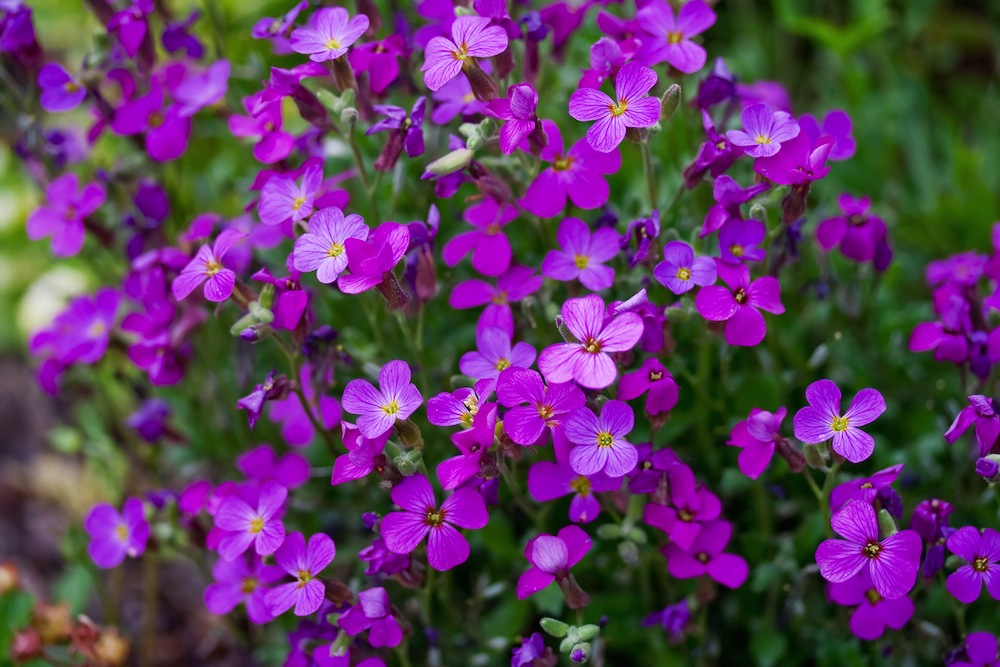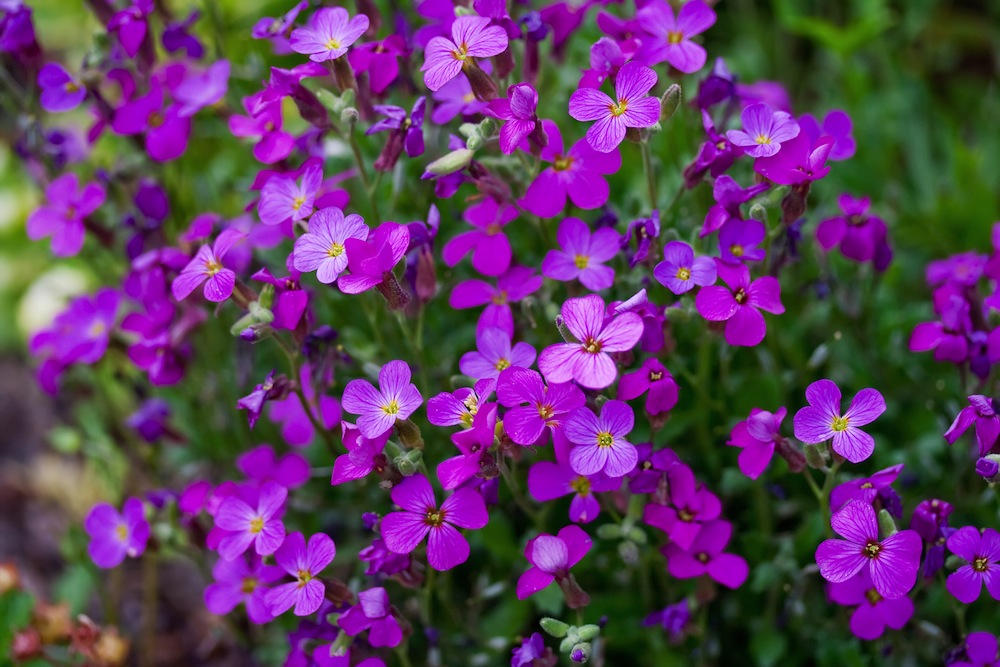The best laid plans…
Writing this in January, the weather has been mild if very wet, with flooding in some parts of the area, followed only later in the month by a drop in temperatures. But you never know what’s around the corner and we can only go on as best we can…
Assuming that the weather for March and April is reasonably on track, we can get out into the garden to weed and clean borders, then apply a general purpose fertilizer before adding a mulch of compost or well-rotted manure. If you have any lime-hating (ericaceous) plants, such plants as camellias, rhododendrons and azalea, make sure you use an ericaceous fertilizer, as they require extra trace elements.
Help for spring plants
Remove any old growth from perennials and divide if required. Put in stakes, canes and plant supports before they get too tall and flop over. Slugs and snails love young herbaceous shoots, especially in damp conditions. The new Slug Gone from Vitax is an excellent deterrent and proved to be very popular last year.
Empty gaps in borders can be planted up now so long as there’s no frost in the ground. There are many new varieties of herbaceous plants that have become available over the last few years and they are well worth planting at this time of year – many will flower in their first year. For a sunny, well-drained border, try verbascum and foxglove silver fox for some height, red hot pokers and poppies for intermediate height and dianthus or cistus for ground coverage. If a plant has silver or grey foliage, it will usually withstand droughts. For shady spots, try viburnums, skimmias, astilbes or hostas on moist soils and for shady dry borders use cotoneaster, garryia, mahonia and dicentra (bleeding hearts). One of the showiest alpines in the next couple of months is aubretia. With its bright blue and purple flowers, it’s an excellent groundcover plant or for tumbling over walls or rockery stones. It just requires a good haircut when the flowers are finished.
Gather no moss
After so much damp weather, there’s going to be plenty of moss in lawns. You can try MO Bacter which is a slow release organic fertiliser for lawns and contains bacteria naturally found in the soil. When added to fertiliser, it consumes thatch and moss, making raking or scarifying unnecessary. If you want a more traditional way to remove moss, use a mixture of iron sulphate and sulphate of ammonia at a rate of 1 part of iron to 3 parts of sulphate of ammonia, mixed with 10 to 20 parts of silver sand and applied at a rate of 140gm/m². Once the moss has died and gone black, it can be raked out. Remember the golden rule with lawns is never rake moss out while it’s still alive… you’ll just spread it everywhere. Aerate the lawn with a fork or spikes on shoes to improve drainage. If you’ve got weeds, you may want to use one of the combined feed, weed and moss killers. Any bare patches can then be reseeded. Feed regularly through the growing season.
Your kitchen garden
Annual herbs can be sown now – fennel, parsley, savour and dill all need replenishing every year. Perennial herb varieties can also be planted; remember to water and feed regularly so you can keep cropping throughout the year. Many herbs can be grown in pots all year round and are ideal in a cold greenhouse at this time of year – sage, thyme, parsley, rosemary are easily grown this way. If you want to grow mint in a pot, choose a large container and plant by itself as it can be rampant.
Watch out for late frosts if you’ve got potatoes in tubs with plenty of leaf growth – always protect at night. Sow your first and second early potatoes followed by maincrops, again watching out for late frosts once the foliage appears.
Carrots, celery, beetroot, leeks, onions, broad beans and lettuce can all be sown or planted outside during April. Sow at regular intervals to give a steady supply of vegetables.
Many people have cool greenhouses at this time of year and are eager to start growing. As long as you can provide some night heat if temperatures dip below 8 to 10C, you can start growing some of the hardier plants. Dahlias can be started off in pots inside then planted out once the danger of frost has receded. Begonia corms should be pressed gently into potting compost, curved side down without completely covering, then put on a sunny windowsill or into a greenhouse with night heat.
Plug plants are now appearing in garden centres – you can pot them up into larger pots and keep them warm in a sunny spot. Don’t be tempted to leave them outside just yet – the end of May is plenty soon enough. Although many can be grown at low temperatures, once it dips below 5C they need some heat. A cooler grown plant makes a sturdier, stockier plant.
This issue’s tips are provided by Ann Winwood of Lealans Garden Centre, Shipley.







